Population and Communities Worksheets
Are you a teacher or parent looking for engaging and informative worksheets to teach your students about population and communities? Look no further! In this blog post, we will explore a variety of worksheets that focus on these topics, providing you with a valuable resource to enhance your teaching and help your students understand the world around them better.
Table of Images 👆
More Other Worksheets
Kindergarten Worksheet My RoomSpanish Verb Worksheets
Cooking Vocabulary Worksheet
DNA Code Worksheet
Meiosis Worksheet Answer Key
Art Handouts and Worksheets
7 Elements of Art Worksheets
All Amendment Worksheet
Symmetry Art Worksheets
Daily Meal Planning Worksheet
What is the definition of a population?
A population is a group of individuals or organisms of the same species that live in the same geographical area and interbreed, sharing a common gene pool.
How do populations change over time?
Populations change over time as a result of several factors including birth rate, death rate, immigration, and emigration. When birth rate exceeds death rate, a population grows; conversely, if death rate surpasses birth rate, a population declines. Immigration and emigration can also impact population size and composition by adding or removing individuals from a given area. These complex dynamics can lead to fluctuations, growth, decline, or stabilization of populations over time.
What factors can affect population size?
Several factors can affect population size, including birth rate, death rate, immigration, and emigration. Other key factors may include availability of resources, disease, natural disasters, habitat destruction, and human activities such as pollution and climate change. Additionally, social and economic factors, such as access to healthcare, education, and economic opportunities, can also impact population size.
How do populations adapt to their environment?
Populations adapt to their environment through a process called natural selection, where individuals with traits that provide an advantage in surviving and reproducing in a specific environment are more likely to pass those traits on to future generations. Over time, this leads to the evolution of populations with characteristics that are well-suited to their particular environment, allowing them to thrive and increase their chances of survival.
What are the different types of community interactions?
The different types of community interactions include competition, predation, mutualism, commensalism, and parasitism. Competition occurs when organisms compete for limited resources, predation is when one organism feeds on another, mutualism is a mutually beneficial relationship between two species, commensalism is when one organism benefits and the other is neither harmed nor helped, and parasitism is when one organism benefits at the expense of the other.
How do different species compete for resources within a community?
Different species compete for resources within a community by utilizing various strategies such as niche partitioning, where they each occupy a specific ecological niche or role within the ecosystem to reduce competition, using competitive abilities to outcompete others for resources, and adapting to different niches or resources to coexist within the same habitat. This competition can lead to natural selection, where the most competitive species are more likely to survive and reproduce, shaping the community structure and dynamics over time.
What is the role of predation in a community?
Predation is a crucial ecological process in a community as it helps regulate populations of species, maintain balance in ecosystems, and promote biodiversity. Predators control the abundance of prey species, preventing overpopulation which can lead to resource depletion and habitat degradation. Additionally, predation can influence the distribution and behavior of species, leading to cascading effects throughout the food web. Overall, predation plays a vital role in shaping the structure and functioning of ecosystems.
How do symbiotic relationships benefit both species involved?
Symbiotic relationships benefit both species involved by providing mutual support and resources, such as food, protection, or shelter. Through cooperation, both species can enhance their chances of survival and reproduction. These relationships can lead to increased efficiency in utilizing resources, improved health and well-being, and overall success in their respective environments. Additionally, symbiotic relationships can also promote biodiversity and ecological balance by fostering interdependence among different organisms.
How do communities respond to disturbances or changes in their environment?
Communities respond to disturbances or changes in their environment by adapting, collaborating, or rebuilding. They may adjust their behaviors, routines, or resources to cope with the new conditions, work together to share knowledge or resources, or come together to support each other and rebuild what was lost. By being resilient, proactive, and innovative, communities can effectively navigate and recover from environmental disturbances or changes.
What are the implications of human activities on populations and communities?
Human activities can have various implications on populations and communities, including habitat destruction, pollution, climate change, overexploitation of resources, and introduction of invasive species. These activities can lead to a loss of biodiversity, disruption of natural ecosystems, altered food chains, and ultimately impact the survival and resilience of populations and communities. It is essential to prioritize sustainable practices to mitigate these effects and protect the delicate balance of our environment.
Have something to share?
Who is Worksheeto?
At Worksheeto, we are committed to delivering an extensive and varied portfolio of superior quality worksheets, designed to address the educational demands of students, educators, and parents.

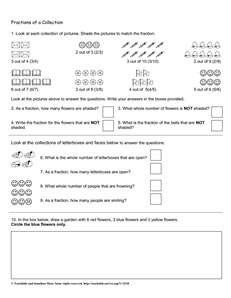



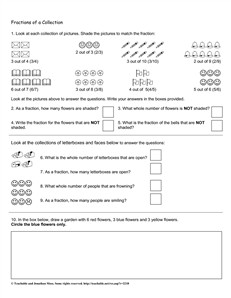
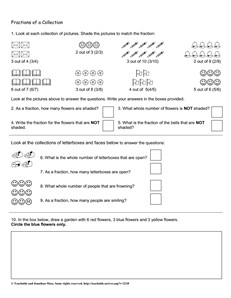
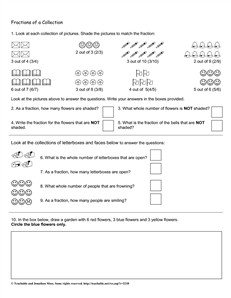
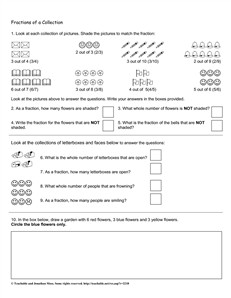
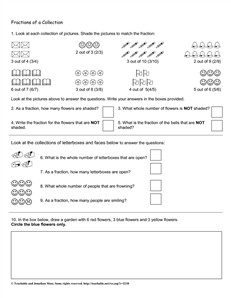
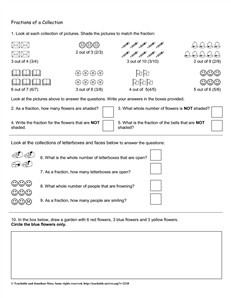

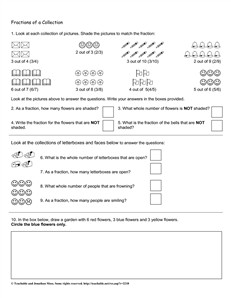
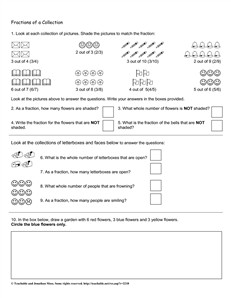
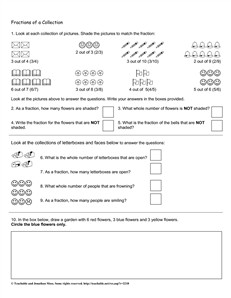
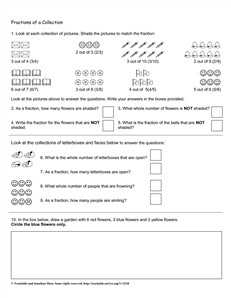
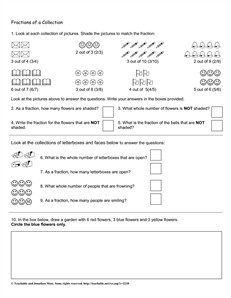
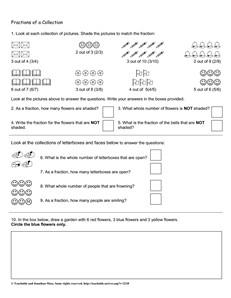
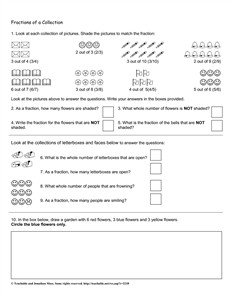
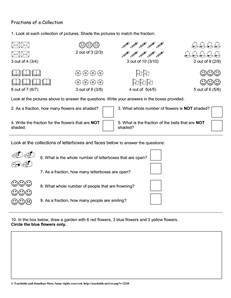
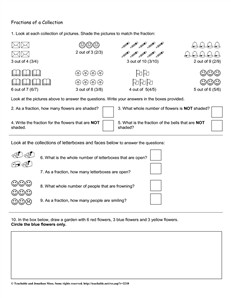
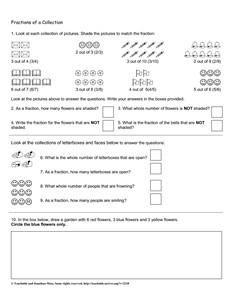














Comments